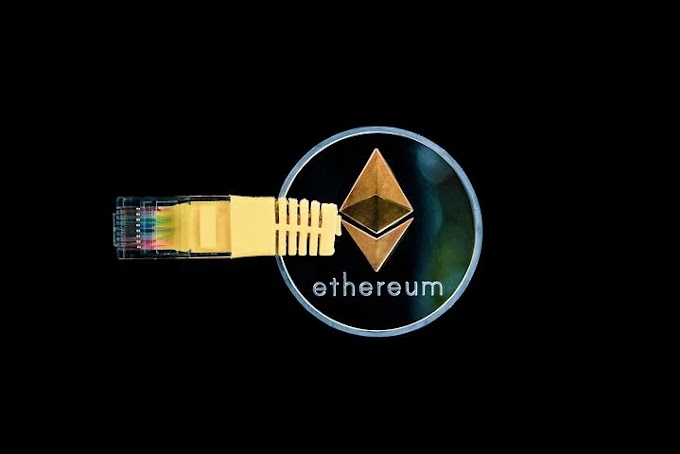What is Cryptocurrency And How Does It Work ?
What Is Cryptocurrency?
The cryptocurrency, commonly referred to as the crypto-currency or altcoins, is a kind of digital money that uses a computer system for trade and is unsupported. First Cryptocurrency in the world is Bitcoin(BTC); cryptocurrency works on a blockchain, and every cryptocurrency transaction is made from person to person, which means the cryptocurrency is the most secure way to transfer money. Many crypto transactions have lower fees required, but also some high fees transactions like Ethereum (ETC).
The digital blockchain is used to store information about each coin's holder. This computerized database employs strong encryption to secure transaction data, control the issuance of new coins, and verify ownership transfers. Cryptos, notwithstanding their name, are not recognized as currencies in the usual sense. Cryptocurrencies are typically regarded as a distinct asset class in practice, despite being categorized as assets, securities, and currencies in the past. Some currency upkeep plans use validators. Owners of a proof-of-stake mechanism must offer their tokens as collateral. Over time, these token stakes frequently increase their ownership through network fees, freshly issued tokens, and other similar reward structures.
Unlike paper money, cryptocurrency is frequently not printed by a central authority and has no physical existence. Cryptocurrencies often use decentralized control, contrasting to digital cash governed by a central bank (CBDC). A cryptocurrency is sometimes considered centralized if it is generated, coined, or released by a single issuer. Each cryptocurrency uses a blockchain system, often a blockchain network, which serves as a public record of financial transactions when utilized with decentralized governance. Stocks, commodities, currencies, and macroeconomic factors are traditional asset types with some exposure to cryptocurrency returns.
The first autonomous cryptocurrency was Bitcoin, which was initially publicly downloadable as the mainstream application in 2009. Since about August 2022, there have been more than 15,000 more cryptocurrencies on the market, or more than 70 of it has a market value of more than USD 1.5 billion.
The system's complete network worked together to develop a decentralized coin at a pace decided upon at system creation and disclosed to the public. By centralized business and financial regimes like the Federal Reserve System, states or corporate boards often control money flow. Governments or organizations cannot develop decentralized cryptocurrencies and haven't yet assisted other companies, banking institutions, or corporate entities that hold assets denominated in them. Satoshi Nakamoto created the technical foundation upon which decentralized cryptocurrencies are built.
How Does Cryptocurrency Work?
What Is a Blockchain?
A decentralized record or ledger shared by many computer network nodes is known as a "blockchain." For storing a secure & decentralized database of transactions for cryptosystems such as Bitcoin, blockchain is most well-known for this use. The unique feature of a blockchain is that it fosters trust without the requirement for a reliable third party by ensuring the security and correctness of a record.
Inside blockchain technology, data is organized differently than it is typically. Data is gathered using units, which are the fundamental building elements of a blockchain. Each completed block is sealed and connected to the one before it. Unions can hold a certain amount of data. After the most recent block has been put to the chain, a new block is constructed using each subsequent piece of information but then added to the blockchain.






Great sir
ReplyDelete